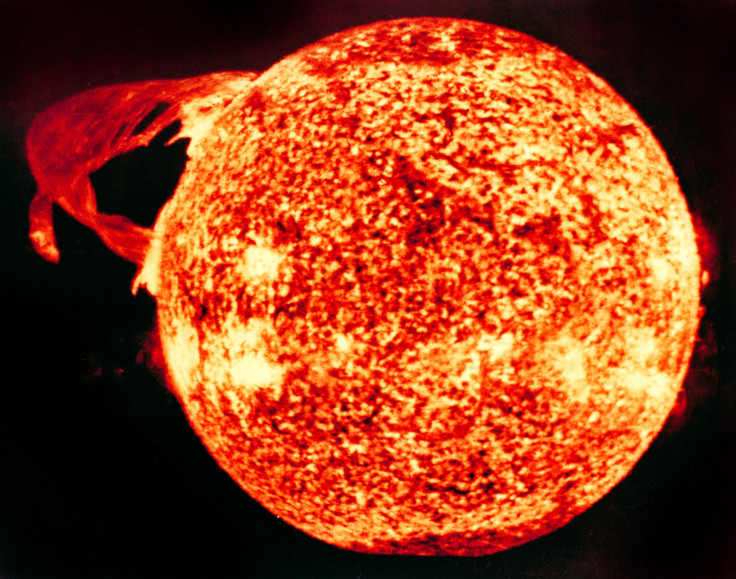Video Explains Destructive Effects Of Massive Solar Storm On Earth

A video described in detail the series of devastating events that would take place once a massive solar storm hits Earth. Due to the world’s dependence on technology, the effects of a solar storm would be much worse than a simple power outage.
According to the video released by the YouTube Channel What If, solar storms are caused by eruptions from the Sun’s surface known as coronal mass ejections (CME). This phenomenon occurs when the Sun ejects massive clouds of plasma and electromagnetic radiation.
Although the Sun is about 93 million miles away from Earth, its CMEs are powerful enough to reach Earth. The solar storm would first hit the outer region surrounding Earth known as the magnetosphere, causing disruptions in the Earth’s magnetic field. After that, the highly-charged particles from the CMEs would begin affecting the operations of satellites as well as various facilities on Earth.
“This would block radio signals between the Earth and our orbiting satellites, but wouldn’t damage them just yet,” the video’s presenter explained. “Not until minutes to hours later, when a stream of charged particles started bombarding the Earth’s magnetosphere.”
After disrupting the operations of satellites, the particles from CMEs would then destroy their electrical components, rendering them completely useless.
With communications between satellites and Earth disrupted, the GPS system would also go down. This means those that rely on this system, such as airplane pilots, would have to navigate without it.
Once the solar storm reaches Earth, power grids would be disabled, which would then lead to global power outages. During such an event, facilities that rely on electricity such as ATMs, subways and even certain water pumping facilities would stop working. Without electricity, devices that rely on rechargeable batteries would eventually run out of power.
Aside from major blackouts, the solar storm would also affect the online systems that electronic devices rely on. This means that the valuable information stored in these devices could get corrupted or completely deleted.
“It wouldn’t be just a world-wide power outage,” the presenter explained. “We’d lose all the information stored on our electronics, too. All those photo memories you always wanted to print out but never did would cease to exist.”
“Anything and everything relying on the internet would shut down,” he added. “No banking services, no internet access in the transportation system, no social media to vent your frustration in.”
© Copyright IBTimes 2025. All rights reserved.





















